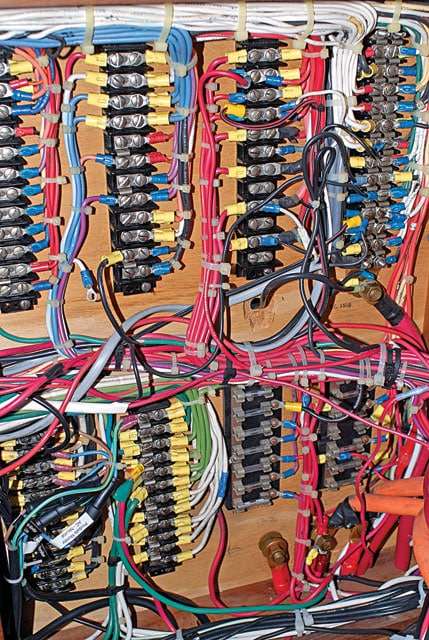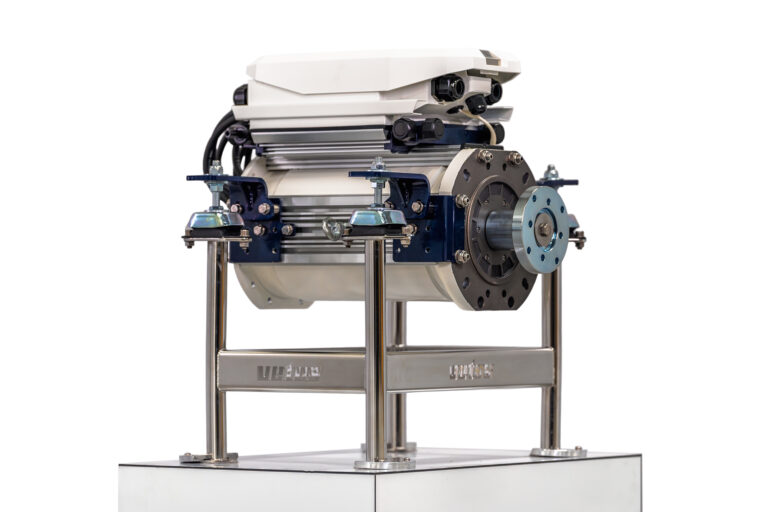
solderless crimps
Here’s a question I’m often asked by sailors seeking optimal electrical connections: “Is soldering better than the standard crimp terminal?” Considering the electrical issues that often arise aboard cruising vessels, often when crimp terminals are involved, it’s a valid query. Also, it’s not uncommon to find hundreds or even thousands of such terminations on today’s systems-rich vessels, which would seem to shorten the odds on failures. But measures exist to nearly eliminate such failures, which is why crimping remains the way to go.
You can ensure long-lasting, low-resistance electrical connections by selecting high-quality materials. When a connector is manufactured, a die stamps it repeatedly. This helps to cut and form the metal, but it also “work hardens” it, making it brittle and difficult to form. Annealing returns the copper to a softer, more malleable state. The barrel portion of higher-quality connectors appears seamless because it’s actually welded or brazed together, which means that it can be crimped at any point around the barrel without bursting. Ideally, the inside portion of the barrel includes serrations, which are designed to cut into and take hold of the wire as the crimp is made, ensuring a good mechanical—and electrical—bond. Once the connector is stamped, cut, and annealed, it’s then tin-plated, yielding superior corrosion protection.
Better-grade crimp terminals incorporate a funnel-shaped mouth that guides the wire into the barrel while preventing individual strands from peeling back. The end of the funnel forms the terminal’s second stage, which is also crimped; here, however, rather than “grabbing” the conductor, it compresses around the insulation, forming a strain-relief device.
Insulation for crimp terminals comes in several forms. Low-quality, low-cost connectors typically rely on PVC insulation sleeves that are brittle and often crack when crimped; while all connectors are color-coded red, blue, or yellow to denote their matching wire size, connectors with PVC insulation sleeves use an opaque pigment. Better connectors rely on tougher, virtually unbreakable nylon insulation, which is more resilient and identifiable by its translucent color. While not strictly necessary in every application, heat-shrink terminals are acknowledged as the ultimate in crimp-style terminations. When heated, their insulation both shrinks and oozes a sticky, self-sealing gel that excludes water and aids in reducing strain. Beware when crimping these terminals: Overly aggressive or sharp crimping dies can pierce the insulation; when heated, these can open into a gap that defeats the purpose of using this type of insulation.
For the ultimate in longevity, complete terminal attachments to screws or studs using a conductive paste, such as T&B Kopr-Shield, then spray completed connections with a corrosion inhibitor, such as CRC Heavy Duty Corrosion Inhibitor.
If you’re still wondering if soldering is better, remember that American Boat & Yacht Council Standards exclude solder as the sole means of electrical connection for wire terminations. If you’re the belt-and-suspenders sort, you can solder after crimping. However, when using high-quality materials, it’s not necessary.
Steve D’Antonio offers services for boat owners and boat buyers through his company, Steve D’Antonio Marine Consulting (http://www.stevedmarine consulting.com).








